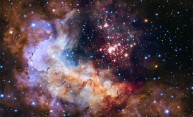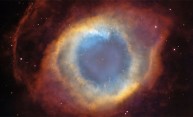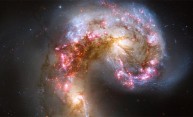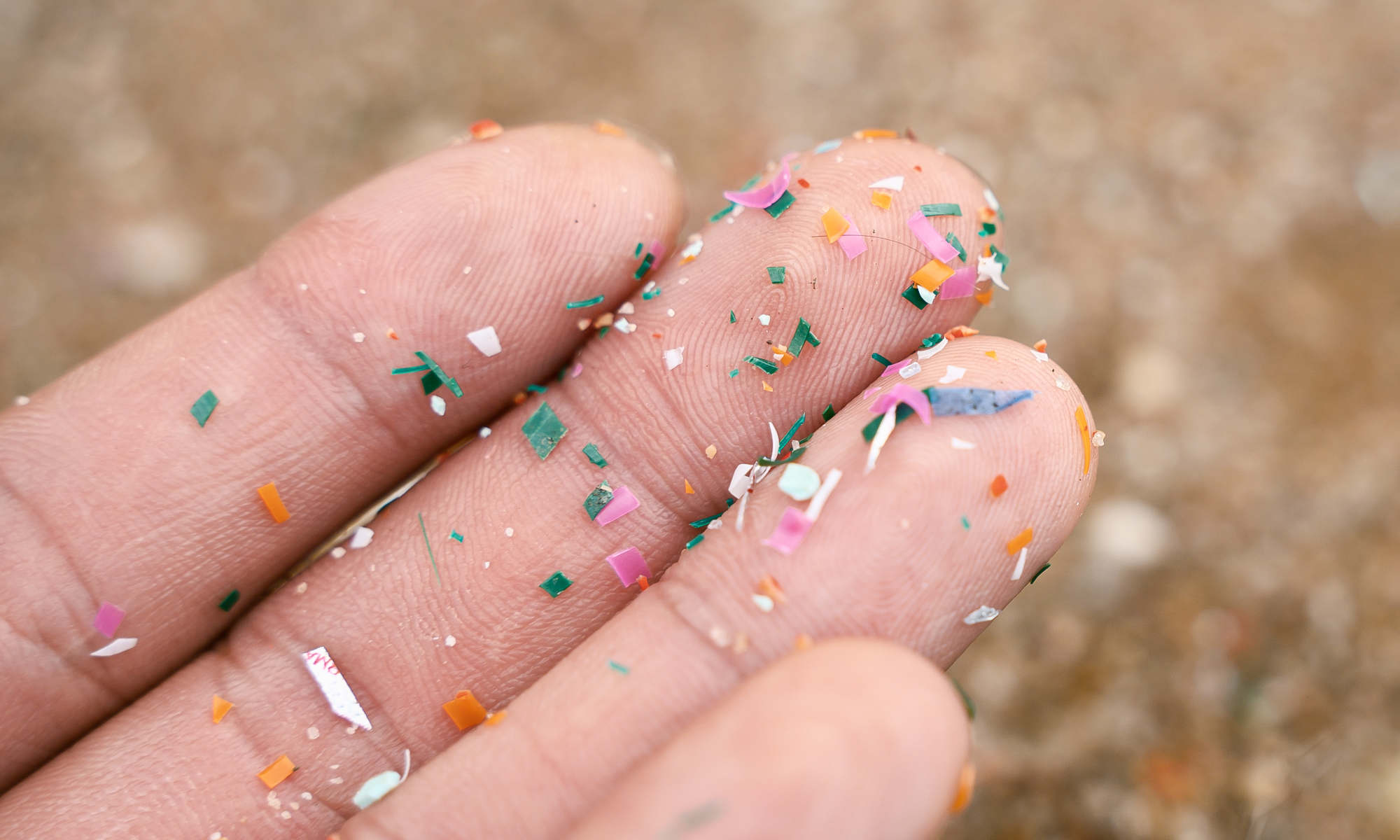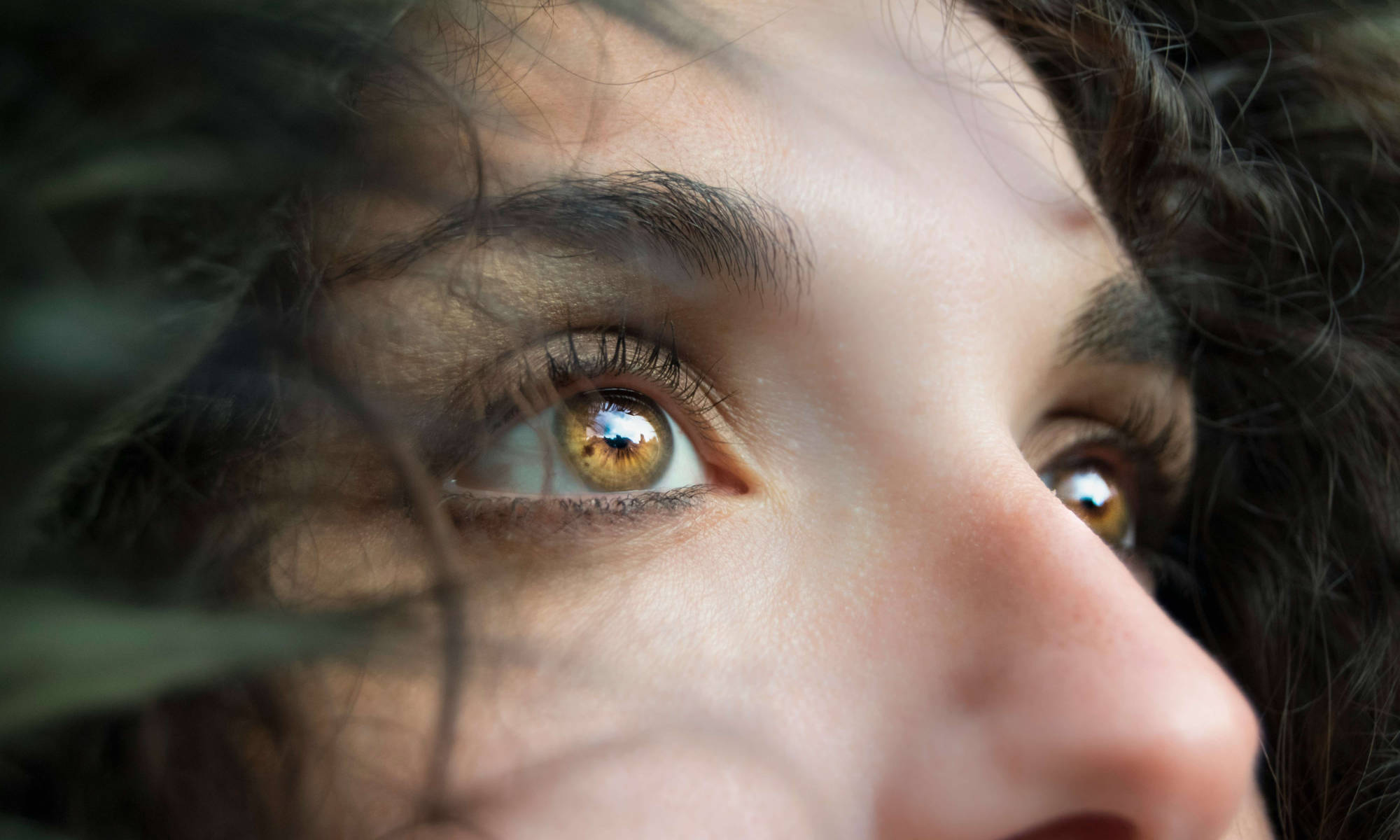Twenty-five years ago today, the Hubble Space Telescope was launched. The images it has been sending back to Earth for all these years have become iconic, and yet it came very close to being a billion dollar failure.
One of the heroes who rescued Hubble from ruin and made it a great science success story is Duncan Moore, Rudolf and Hilda Kingslake Professor of Optical Engineering at the University of Rochester.
After years of technical delays and budget problems, the Hubble telescope was finally ready in April 1990. This was a much-hyped triumph, but the excitement ended a few weeks later when the first pictures sent back to Earth were blurry. It became clear that there was a flaw in one of the mirrors.
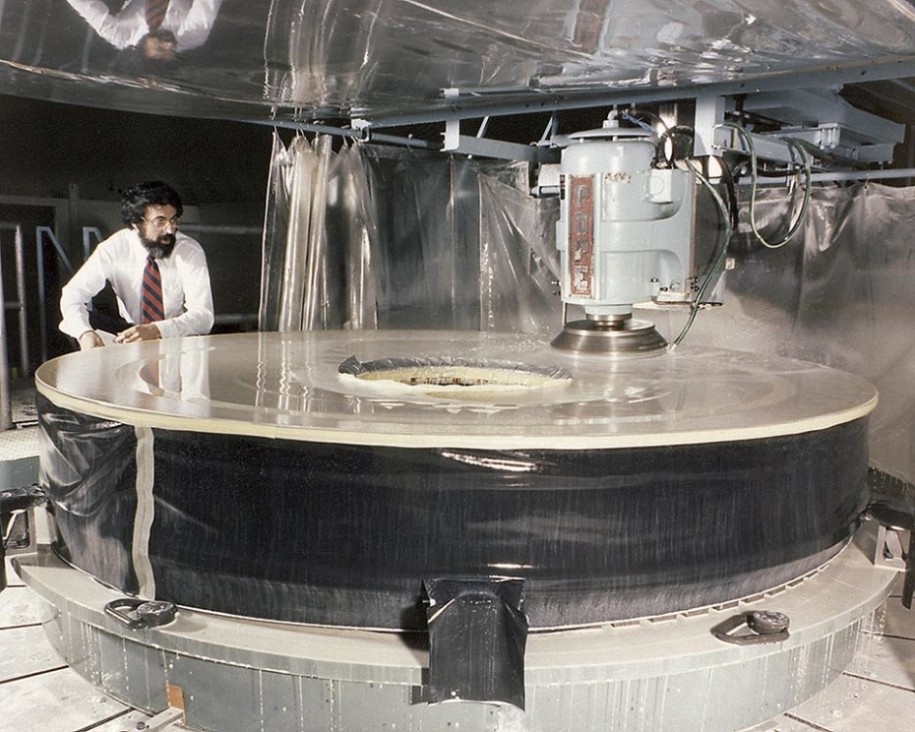
The Hubble Space Telescope’s (HST’s) Primary Mirror being ground at the Perkin-Elmer Corporation’s large optics fabrication facility. (Photo: NASA Marshall Space Flight Center)
Moore chaired the Hubble Independent Optical Review Panel organized in 1990 to determine the correct prescription of the Hubble Space Telescope. The group of scientists and engineers had to determine how the mirror shape differed from specifications and fit corrective optics to solve this, similar to the way people wear glasses to fix eyesight problems. Moore explains that it became clear that the conic constant of the primary mirror, a figure which measures the shape of the mirror and which should have been –1.0023, was in fact significantly different. The question was how different.
If this mirror had been back on Earth, determining the conic constant would have been a fairly standard measurement, Moore says, but because the telescope was out in space, it took several teams one year to work it out. Against high technical odds, political machinations and severe budget limits, the panel found the grinding of the mirror had been slightly off and that the constant was in fact –1.0139. With that figure in hand, a solution could be devised and the Hubble brought back to life.
Twenty-five years later it continues to provide images that influence how we view and imagine space.
Moore now chairs the James Webb Space Telescope committee that, as he puts, is trying to ensure the same mistakes are not repeated.
Moore is also the vice provost for entrepreneurship at Rochester. He served from 1997-2000 as associate director for technology in The White House Office of Science and Technology Policy, working with Dr. Neal Lane, President Clinton’s science advisor. He also has served as president of the Optical Society of America.
Professor Jim Fienup of the Institute of Optics (then at the Environmental Research Institute of Michigan), was also involved in fixing the Hubble as an advisor to the panel. He was the liaison to the phase retrieval team, and helped develop techniques to recapture lost optical information. They were then used to correct what was, in effect, the telescope’s nearsightedness.
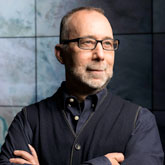
Astrophysicist Adam Frank
A self-described “evangelist of science,” Frank regularly writes and speaks about subjects like intelligent life forms in the universe, high-energy-density physics, space exploration and missions, climate change, and more.

